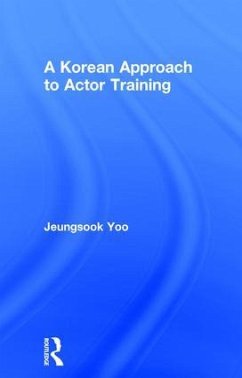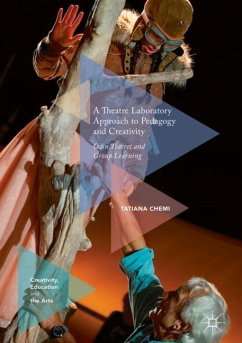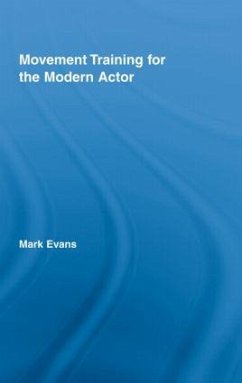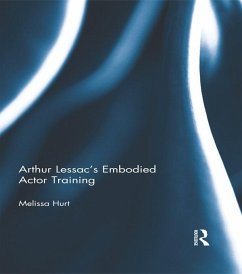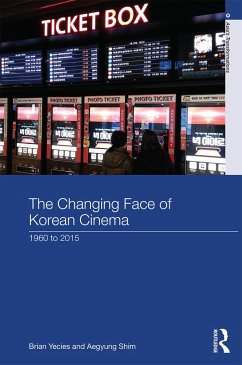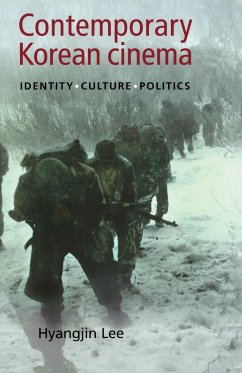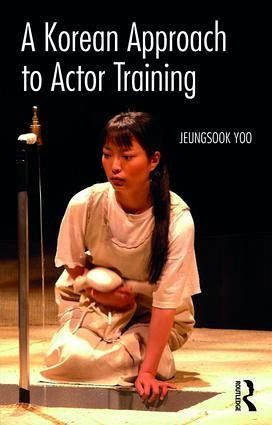
A Korean Approach to Actor Training
Versandkostenfrei!
Versandfertig in 1-2 Wochen
49,99 €
inkl. MwSt.
Weitere Ausgaben:

PAYBACK Punkte
25 °P sammeln!
A Korean Approach to Actor Training develops a vital, intercultural method of performer training, introducing Korean and more broadly East Asian discourses into contemporary training and acting practice.This volume examines the psychophysical nature of a performer's creative process, applying Dahnhak, a form of Korean meditation, and its central principle of ki-energy, to the processes and dramaturgies of acting. A practitioner as well as a scholar, Jeungsook Yoo draws upon her own experiences of training and performing, addressing productions including Bald Soprano (2004), Water Station (2004...
A Korean Approach to Actor Training develops a vital, intercultural method of performer training, introducing Korean and more broadly East Asian discourses into contemporary training and acting practice.
This volume examines the psychophysical nature of a performer's creative process, applying Dahnhak, a form of Korean meditation, and its central principle of ki-energy, to the processes and dramaturgies of acting. A practitioner as well as a scholar, Jeungsook Yoo draws upon her own experiences of training and performing, addressing productions including Bald Soprano (2004), Water Station (2004) and Playing 'The Maids' (2013-2015).
A significant contribution to contemporary acting theory, A Korean Approach to Actor Training provides a fresh outlook on performer training which will be invaluable to scholars and practitioners alike.
This volume examines the psychophysical nature of a performer's creative process, applying Dahnhak, a form of Korean meditation, and its central principle of ki-energy, to the processes and dramaturgies of acting. A practitioner as well as a scholar, Jeungsook Yoo draws upon her own experiences of training and performing, addressing productions including Bald Soprano (2004), Water Station (2004) and Playing 'The Maids' (2013-2015).
A significant contribution to contemporary acting theory, A Korean Approach to Actor Training provides a fresh outlook on performer training which will be invaluable to scholars and practitioners alike.




